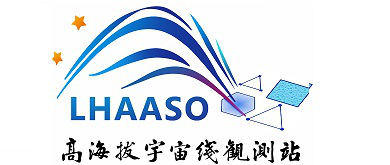1. Chengdu ,
2. Daocheng,
In the far southeast of Qinghai-Xizang Plateau, under the administration of Sichuan Province, Daocheng is blessed with a varied and beautiful landscape. Daocheng Yading nature reserve, known as the lost horizontal, is primitively preserved.Daocheng is quite a Khamba land. 'Kham' means 'eastern' while 'Ba' is for 'person' in Tibetan.
Daocheng Travel Health
Make sure you are healthy before you start travelling. If you require an articular medication take an adequate supply, as it may not be available locally. It`s good to have a legible prescription or letter from your doctor to show that you legally use the medication to avoid any problems.
clothes
Due to the heights and resulting lower temperatures compared to plain areas, Daocheng is characterized by enormous differences in temperature between day and night. You are recommended to take down jackets or windproof jackets, thin sweaters, long johns, gloves, and warm shoes. In addition, you may have to change clothes between thick and thin frequently, to avoid getting a cold.
Sunscreen
Considering the intense UV exposure, dry climate and variable weather in Daocheng, you are recommended to take sunglasses, all-weather umbrella, sunscreen lotion, and lip balm.
Altitude Sickness
Lack of oxygen at high altitudes (over 2500 m) affects most people to some extent. The effect may be mild or severe and occurs because less oxygen reaches the muscles and the brain at high altitude,requiring the heart and lungs to compensate by working harder. Acute mountain sickness (AMS) is common at high altitudes, and depends on the elevation, the rates of ascent and individual susceptibility. The major risk factor in AMS is the speed with which you make your ascent.
Symptoms
Mild symptoms of AMS are very common in travellers to high altitudes, and usually develop during the first 24 hours at altitude. Most visitors to Tibet will suffer from at least some symptoms that will generally disappear through acclimatisation in several hours to several days.Symptoms tend to be worse at night and include headache, dizzines, lethargy, loss of appetite, nausea, breathlessness and irritability. Difficulty sleeping is another common symptom. AMS may become more serious without warning and can be fatal.Symptoms are caused by the accmumulation of fluid in the lungs and brain, and include breathlessness at rest, a dry irritative cough (which may progress to the production of pink, frothy sputum), severe headche, lack of coordination (typically leading to a drunken walk), these signs should be taken very seriously.
Prevention
To prevent acute mountainsickness: Keep calm and optimistic. Ascend slowly. Don't have a shower or bath shortly after your arrival. Drink extra fluids, get more sleep. Eat light, high-carbohydrate meals for more energy. Avoid alcohol as it may increase the risk of dehydration and do not smoke. Don`t push yourself when climbing up to passes, rather take plenty of breaks; you can usually get over the passes as easily tomorrow as you can today. Walk slowly and avoid strenuous exercise or sudden exertion.
Other Important Items
Passport.
Conversion plug, battery charger, power supply, standby battery for your notebook, camera and mobile phone. Camera and mobile phone consume more electricity at low temperatures, so please take your power supply or standby battery if you go outside.

